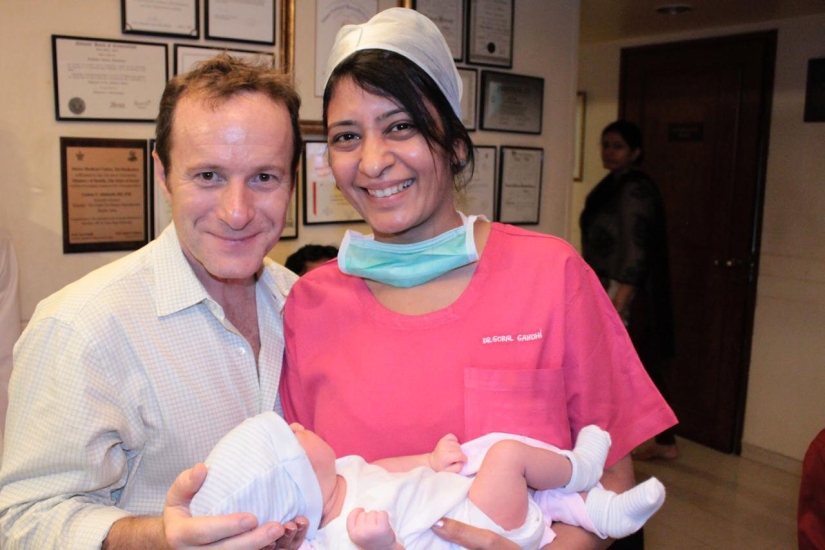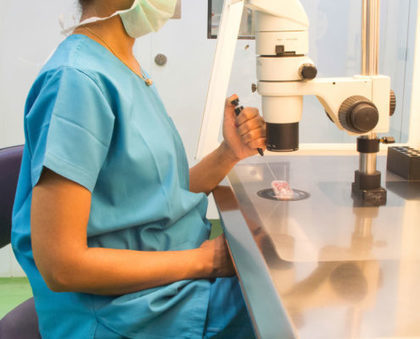By Goral Gandhi (Indo Nippon IVF) – Progress in the field of assisted reproduction, and particularly micromanipulation, now heralds a new era in the management of severe male factor infertility, not amenable to medical or surgical correction.
By overcoming natural barriers to conception, in vitro fertilization and embryo transfer (IVF-ET), subzonal sperm insemination, partial zona dissection, and intracytoplasmatic injection of sperm (ICSI) now offer couples considered irreversibly infertile, the option of parenting a genetically related child.
However, unlike IVF, which necessitates an optimal sperm number and function to successfully complete the sequence of events leading to fertilization, micro manipulation techniques, such as ICSI, involving the direct injection of a spermatozoon into the oocyte, obviate all these requirements and may be used to alleviate severe male factor infertility due to the lack of sperm in the ejaculate due to severely impaired spermatogenesis (non-obstructive azoospermia) or non-reconstruct-able reproductive tract obstruction (obstructive azoospermia).
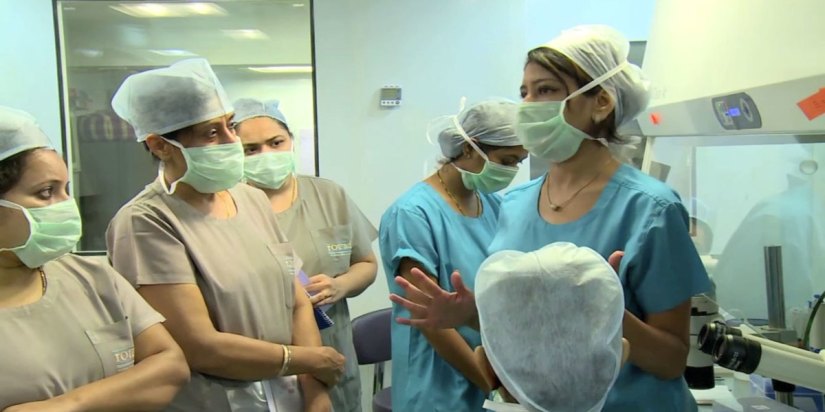
ICSI may be performed with fresh or cryopreserved ejaculate sperm where available, micro surgically extracted epididymal or testicular sperm with satisfactory fertilization, clinical pregnancy, and ongoing pregnancy rates.
However, despite a lack of consensus regarding the genetic implications of ICSI or the application and efficacy of preimplantation genetic diagnosis prior to assisted reproductive technology (ART), the widespread use of ICSI, increasing evidence of the involvement of genetic factors in male infertility and the potential risk of transmission of genetic disorders to the offspring, generate major concerns with regard to the safety of the technique, necessitating a thorough genetic evaluation of the couple, classification of infertility and adequate counseling of the implications and associated risks prior to embarking on the procedure.
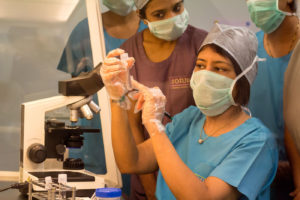
The objective of this review is to highlight the indications, advantages, limitations, outcomes, implications and safety of using IVF/ICSI for male factor infertility to enable a more judicious use of these techniques and maximize their potential benefits while minimizing foreseen complications.
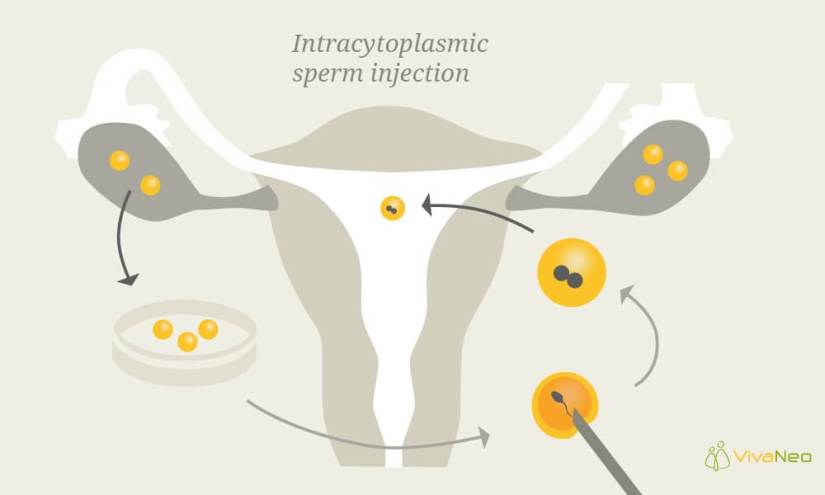
For more information you can visit here: in vitro fertilization





